Boeing B-50 Superfortress
The Design and Development of the B-50
Nestled in aviation history between the well-known B-29 and the huge B-36 Peacemaker, the Boeing B-50 Superfortress is often overlooked, yet was an important aircraft in the U.S. Air Force of the late 1940s and the 1950s.
Pratt and Whitney was provided B-50A S/N 42-93845 for testing of more powerful R-4360 radial engines. This aircraft was known as the XB-44, and later as the B-29D.
To secure funding for the new aircraft, and due to the aircraft's large number of modifications from the B-29, the designation was later changed from the B-29D to the B-50.
Differences Between the B-29 and B-50 Superfortress
Although the Boeing bomber family lineage is obvious at first glance, the B-50 would share only a 25% parts commonality with the B-29.
The B-50 was configured with more powerful Pratt & Whitney radial engines than the B-29, a stronger structure, a taller fin, and other improvements. The tail fin could be folded to fit exisiting USAF hangars.
Other improvements were more aerodynamic nacelles, larger flaps, fast-retracting ball-screw landing gear, hydraulic rudder boost, hydraulic nosewheel steering and heated-wing deicing.
The B-50 made it maiden flight on June 25, 1947. The first B-50As were delivered in June of 1948 to the Strategic Air Command's 43d Bombardment Wing, based at Davis-Monthan AFB, Tucson, Arizona.
B-29 and B-50 Identification Tips
In B-50D models and later the 7-piece nose cone window used on the B-29 was replaced by a single plastic cone and a flat bombardier's window, as seen in the graphic below.
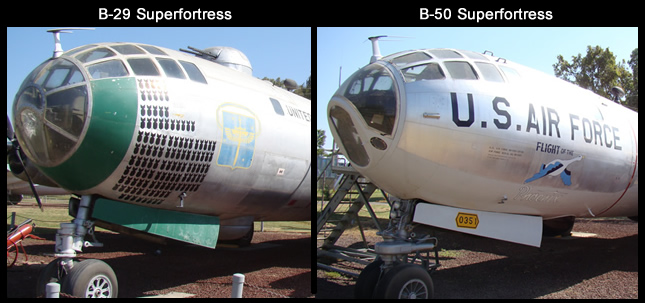 |
The B-50 was nicknamed "Andy Gump" by some as the redesigned engine nacelles reminded aircrew of the chinless newspaper comic character popular at the time. See the graphic below which compares the B-29 and B-50 engine nacelles.
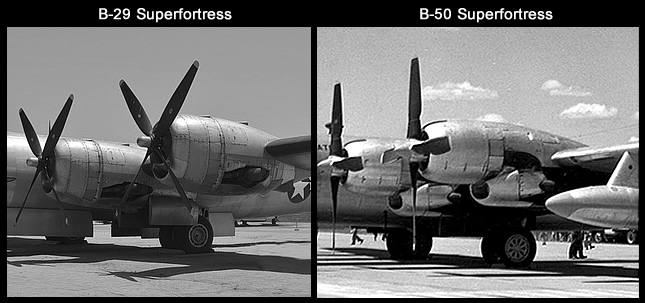 |
B-50 Superfortress Deployment
Between 1948 and 1954, B-50s served with the Strategic Air Command as medium bombers, and were then replaced by jet-propelled B-47 Stratojets. The B-50 handled roles such as air-sea rescue, aerial refuelling and electronic intelligence gathering.
A strategic reconnaissance version of the B-50B, the RB-50, was developed in 1949 to replace the aging RB-29s used by SAC in its intelligence gathering operations against the Soviet Union.
In 1953 the Air Force started replacing its aging WB-29 weather reconnaissance aircraft with modified B-50Ds. Stripped of their defensive armament, 36 WB-50Ds were equipped for long-range weather reconnaissance missions with high-altitude atmospheric samplers, Doppler radar, weather radar and a bomb-bay fuel tank for extended range.
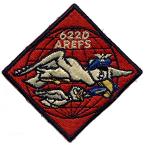 |
The KB-50 was used for air-to-air refueling. KB-50s featured reinforced outer wing panels, the necessary equipment to air refuel simultaneously three fighter-type aircraft by the probe and drogue method. The first KB-50 flew in December 1955 and was accepted by the USAF in January 1956.
A number of units operated the KB-50, including the 622nd Air Refueling Squadron based at England Air Force Base ... see patch shown to the right.
The tanker and weather reconnaissance versions of the B-50 remained in service until 1965.
The First Round-the-World Non-Stop Flight by Lucky Lady II
One of aviation's most historical flights involved the B-50 and took place in early 1949, the first non-stop around the world flight.
The aircraft was B-50A-5-BO, S/N 46-010, named "Lucky Lady II", assigned to the 43rd Bomb Group.
The B-50 took off from Carswell Air Force base in Fort Worth, Texas on February 26, 1949, and headed east. The Superfortress was under the command of Captain James Gallagher, and featured a crew of 14 men. In addition to three pilots onboard, the flight was double-crewed, with each man being relieved at 4-to-6 hour intervals.
The mission was considered secret, and flight plans disguised the actual route. If the flight was not successful, the Air Force did not want, or need, the negative publicity that would be forthcoming.
The plane was refuelled four times during daylight hours in the air by KB-29M tanker planes of the 43rd Air Refuelling Squadron. The refuelling locations were over the Azores, Saudi Arabia, the Philippines and Hawaii. The KB-29 flew above the B-50 and lowered a cable and drogue, as shown in the Air Force photo below.
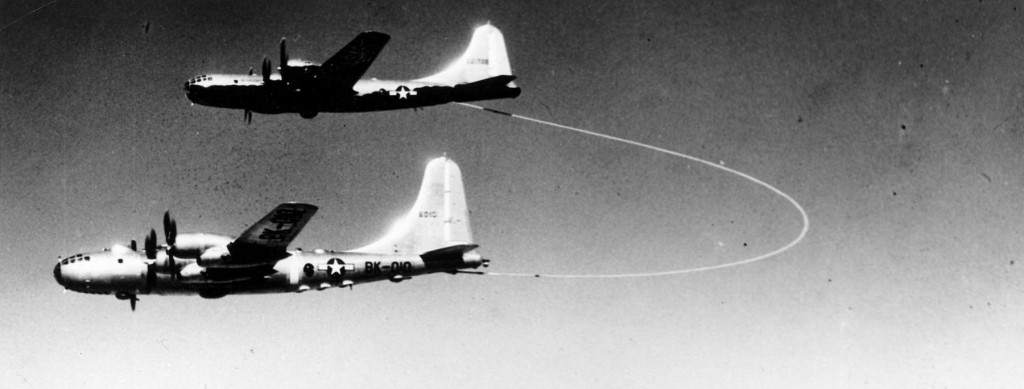 |
The successful circumnavigation of the earth was completed on March 2, 1949. Total travel time was 94 hours and 1 minute, over a distance of 23,452 miles. The average speed was 249 mph.
Once on the ground safely at Carswell, the crew was greeted by Lt. Gen. Curtis LeMay, Air Force Secretary Stuart Symington, Chief of Staff Gen. Hoyt S. Vandenberg, and other dignitaries. When it had become clear that the flight was going to succeed, the media was alerted, and thus reporters and photographers were also on hand for the landing and subsequent ceremonies.
The flight successfully demonstrated to the Soviet Union, and other enemies, that the United States could launch air attacks to any war-zone in the world, and return the planes safely to U.S. bases.
In an accident on August 13, 1950, the aircraft (now named "Kensmen") lost power in all four engines and crashed southeast of Davis-Monthan AFB in Tucson. The aircraft was unrepairable. The fuselage was salvaged and toured as a recruiting exhibit.
Today, the fuselage section of "Lucky Lady II" is located at the Planes of Fame Air Museum, Chino Airport, California.
Boeing B-50A-5-BO Superfortress 46-010, Lucky Lady II, lands at Carswell Air Force Base, Fort Worth Texas, at 10:31 a.m., March 2, 1949. (LIFE Magazine) |
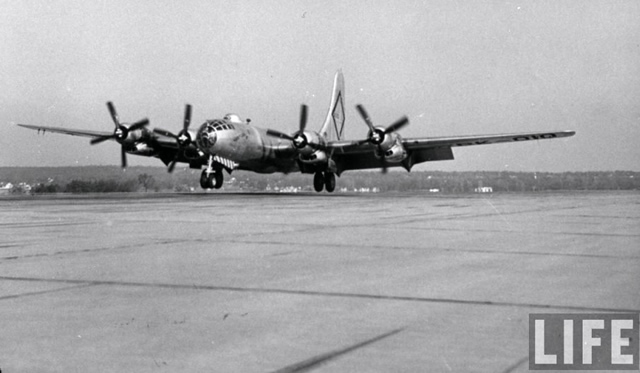 |
Dignitaries greet the crew of Boeing B-50A-5-BO Superfortress 46-010, Lucky Lady II, at Carswell Air Force Base, Fort Worth Texas, March 2, 1949. (LIFE Magazine) |
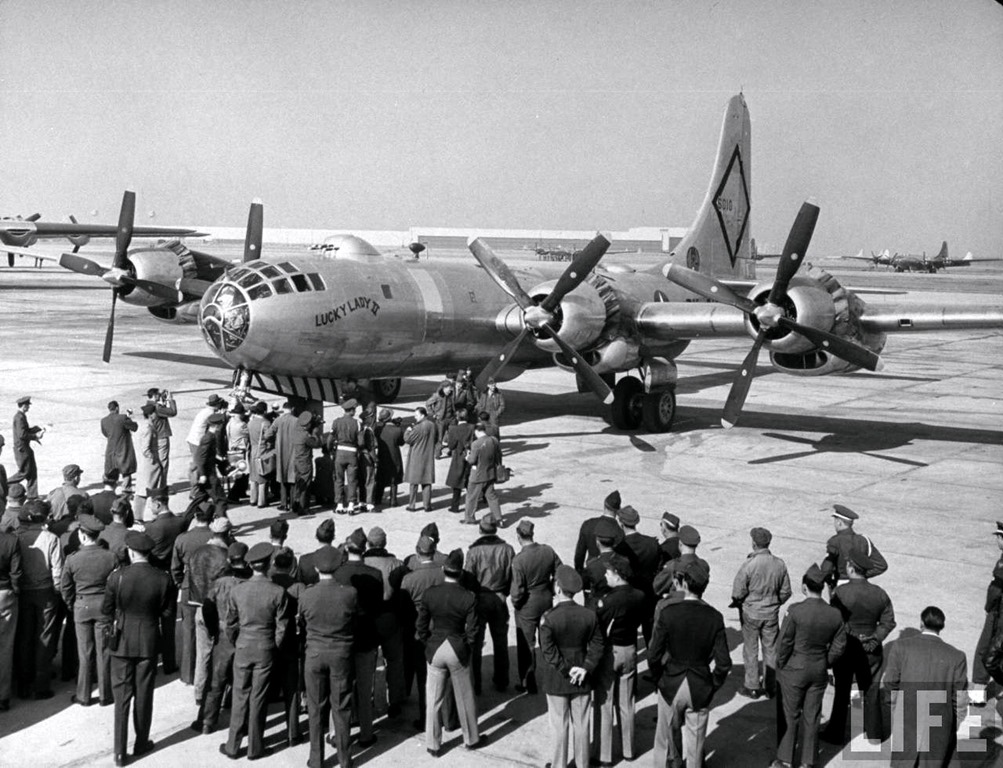 |
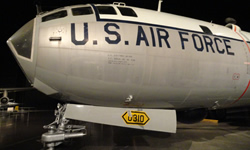 WB-50D Superfortress, S/N 49-0310 |
Technical Specifications for the Boeing B-50
Engines: Four Pratt & Whitney R-4360s of 3,500 hp each
Maximum speed: 395 mph
Range: 4,900 statute miles (without aerial refueling)
Ceiling: 36,700 ft.
Span: 141 ft. 2 in.
Length: 99 ft.
Height: 32 ft. 8 in.
Weight: 173,000 lbs. maximum
|
B-50 Production Totals
A total of 370 B-50 Superfortresses were built by Boeing at its Seattle Plant 2 during 1947-1953:
B-50A - 79 built
B-50B - 45 built
B-50D - 222 built
B-50H - 24 built
YB-50C - one prototype for the B-54 ... never completed
The final production version of the B-50 was the TB-50H bomber-navigation trainer, later converted to KB-50K tankers.
The Boeing B-54 Ultrafortress Strategic Bomber
The Boeing B-54 was a strategic bomber designed by Boeing for use by the United States Air Force. Derived from the YB-50C Superfortress, construction of the prototype was cancelled before completion, and the aircraft was never flown.
Boeing B-50 Superfortress Surviving Aircraft
Today, of the 370 B-50 Superfortresses built, only four complete airframes have been preserved, including the WB-50D planes at the Museum of the United States Air Force in Dayton and the Castle Air Museum in Atwater, California (see photographs below).
In addition, a KB-50J plane is on display at the Pima Air Museum in Tucson, Arizona.
Another KB-50J that was on display for years at MacDill AFB has been disassembled and transported in 2018 to the Air Mobility Command Museum at Dover AFB, Delaware where it is currently undergoing restoration. This is the only museum in the United States dedicated to airlift and air refueling history. See photos below.
The fuselage of the B-50A "Lucky Lady II" is stored at the Planes of Fame Air Museum in California.
Shown in the table below is a list of the surviving B-50 Superfortress aircraft by state, including serial numbers and model numbers.
Model |
S/N |
Name |
Location |
Status |
City |
ST |
KB-50J |
49-0372 |
Pima Air & Space Museum | Static Display | Tucson | AZ |
|
WB-50D |
49-0351 |
Flight of the Phoenix | Castle Air Museum | Static Display | Atwater | CA |
B-50A |
46-0010 |
Lucky Lady II | Planes of Fame Air Museum | Fuselage only on Static Display | Chino | CA |
KB-50J |
49-0389 |
Air Mobility Command Museum | Being restored | Dover AFB | DE |
|
WB-50D |
49-0310 |
Museum of the U.S. Air Force | Static Display | Dayton | OH |
B-50 Surviving Aircraft Photos
Boeing WB-50D, S/N 49-0310, at the National Museum of the U.S. Air Force
(staff photo) |
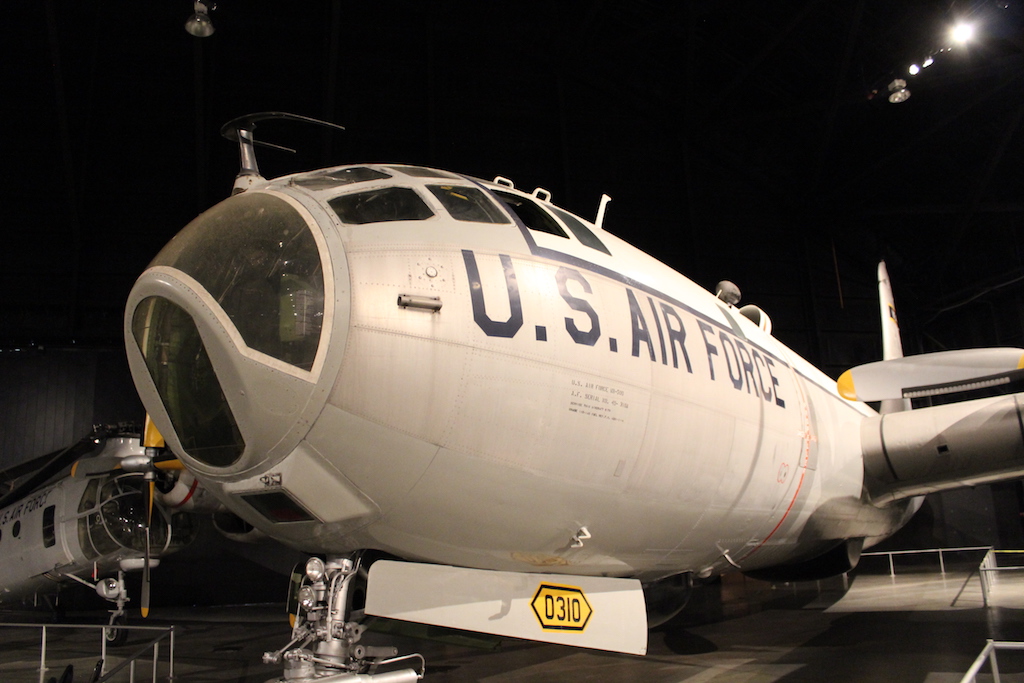 |
Left fuselage view of the Boeing WB-50D, S/N 49-0310
(staff photo) |
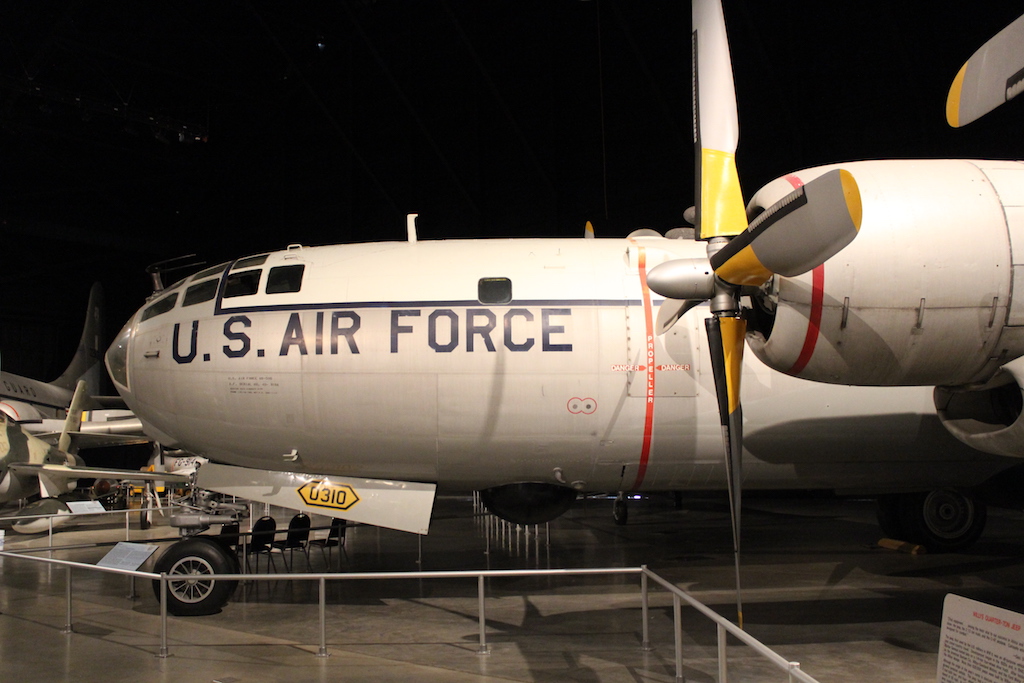 |
Tail section of the Boeing WB-50D, S/N 49-0310 |
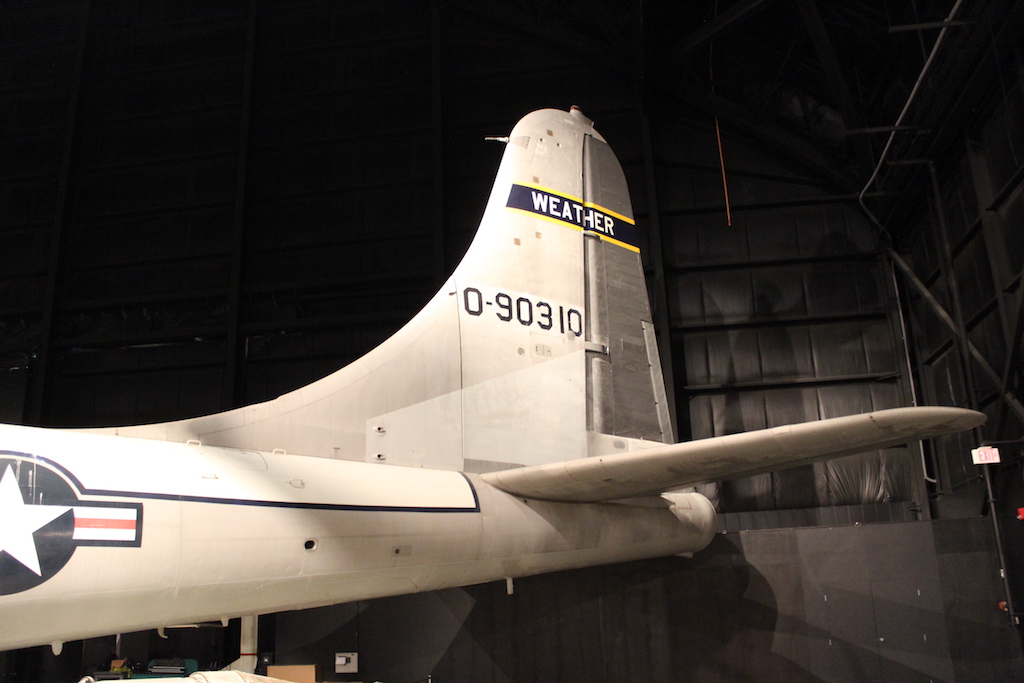 |
Boeing WB-50D "Flight of the Phoenix", S/N 49-0351, on display at the Castle Air Museum, Atwater, California After its initial role as a bomber, this aircraft was assigned to a weather reconnaissance squadron at McClellan Air Force Base in Sacramento, California. Retired in 1972 and flown to Davis-Monthan Air Force Base AMARG facility in Tucson, Arizona. Acquired by the Castle Air Museum in 1980. (staff photo) |
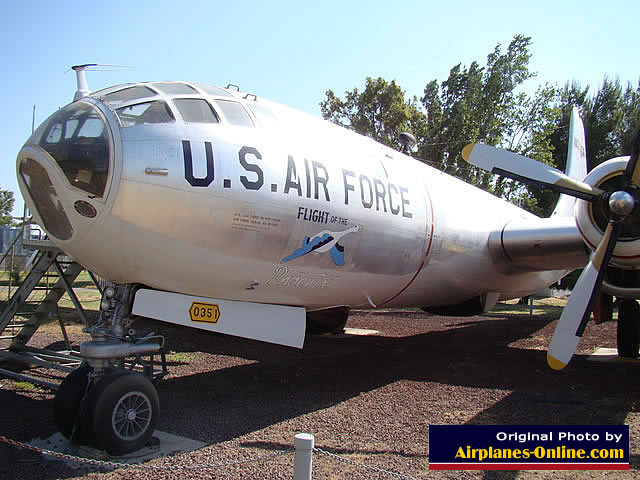 |
Boeing KB-50J, S/N 49-0372, on display at the Pima Air Museum, Tucson, Arizona |
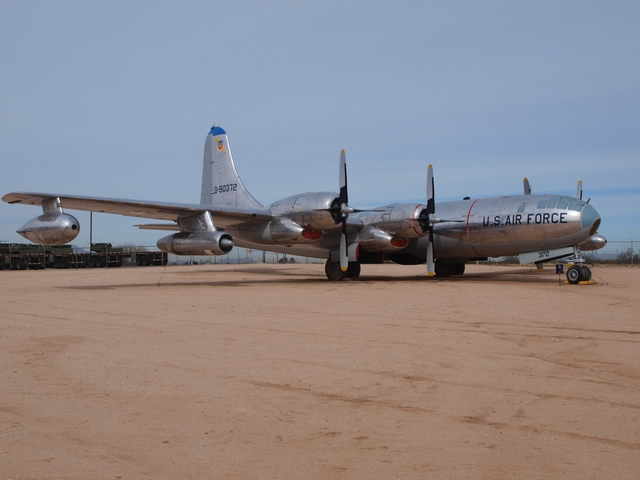 |
Boeing KB-50J, S/N 49-0389, when it was on display at MacDill AFB, Tampa, Florida (By Valder137 [CC BY 2.0 (http://creativecommons.org/licenses/by/2.0)], via Wikimedia Commons) |
U.S. Air Force KB-50J, S/N 49-0389, being disassembled at MacDill AFB for transport to its new home at the Air Mobility Command Museum located at Dover Air Force Base in Delaware (photo courtesy of the Air Mobility Command Museum) |
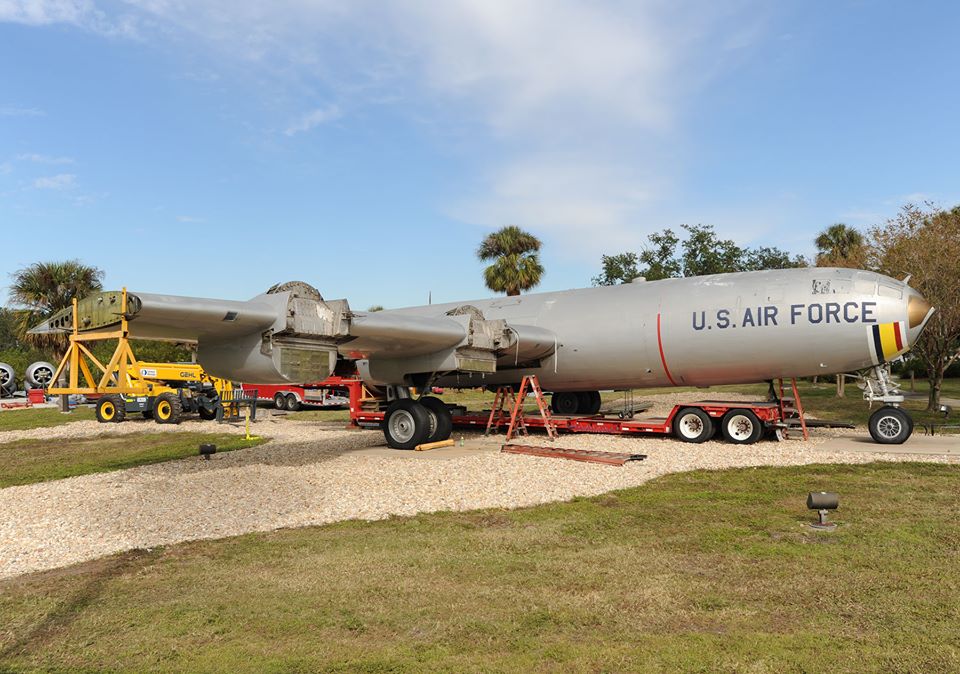 |
Fuselage section of the Boeing B-50 "Lucky Lady II", at the Planes of Fame Air Museum, Chino Airport, California |
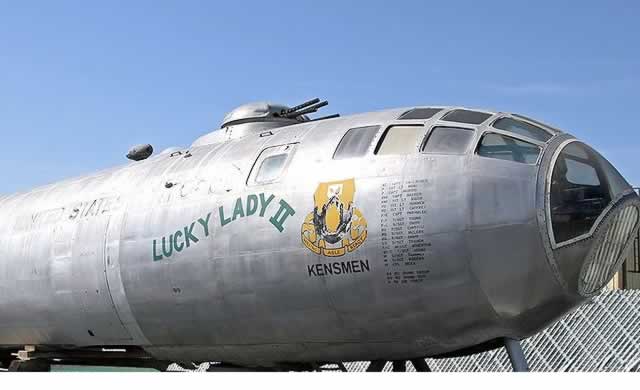 |
B-50 Superfortress Photos
B-29 Superfortress S/N 44-86422 taxis while B-50D 4854 lands at McClennan Field, Sacramento, California, circa 1948 (Photo used by permission of the photographer, William T. Larkins) |
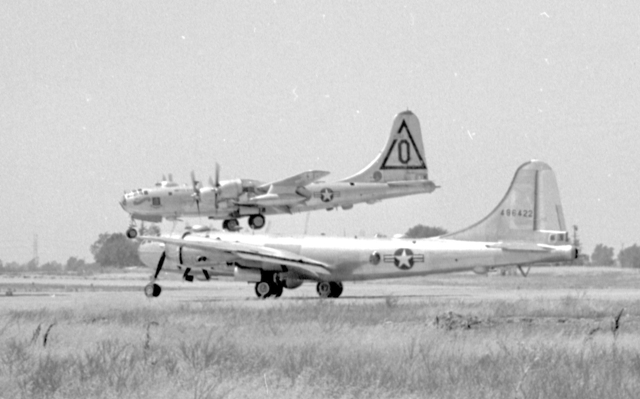 |
Boeing B-50A Superfortress 6026, Buzz Number BK-026, in flight |
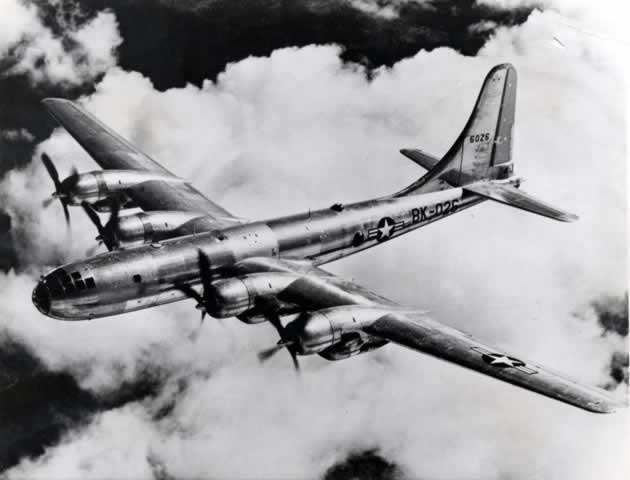 |
Boeing WB-50D Superfortress |
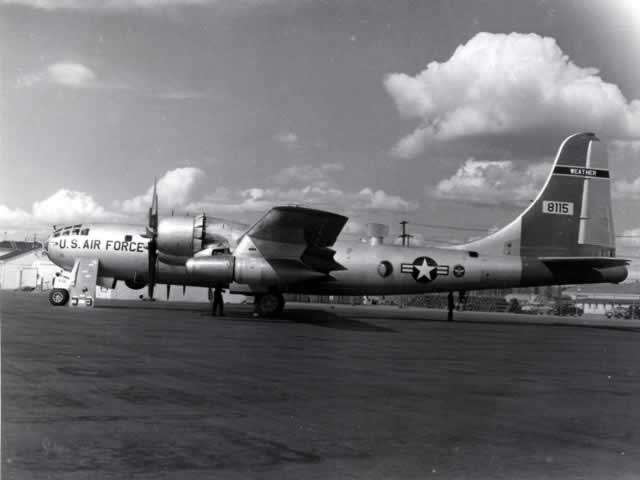 |
Boeing B-50 Superfortress on the tarmac |
Boeing KB-50J Superfortress S/N 0-80114, in flight |
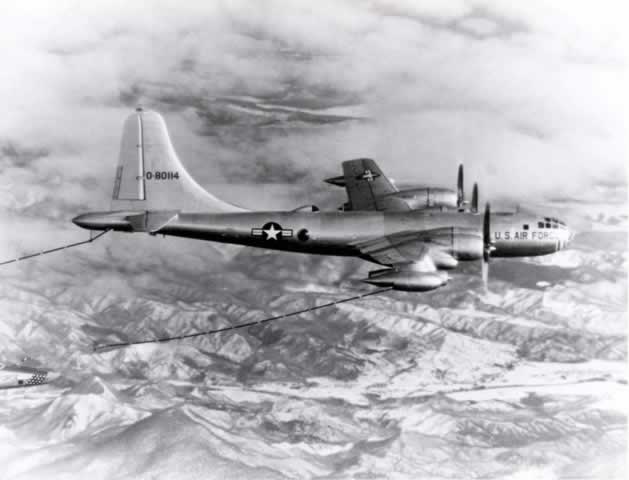 |
Boeing RB-50F, S/N 70162, originally B-50B-60-BO (U.S. Air Force archives) |
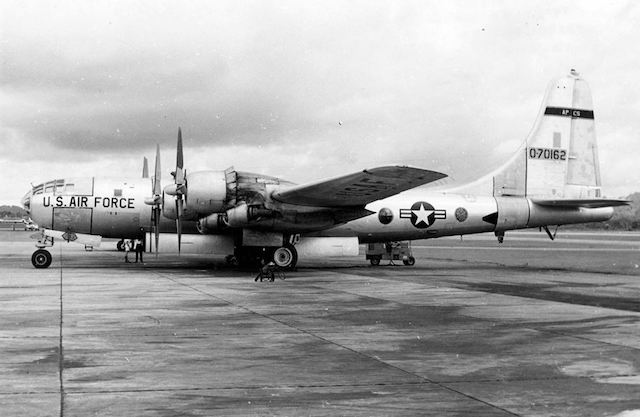 |
Boeing B-50 Superfortress dropping the X-2 |
B-50 Superfortress bombers at Carswell Air Force Base, Fort Worth Texas, circa 1951, as seen in LIFE |
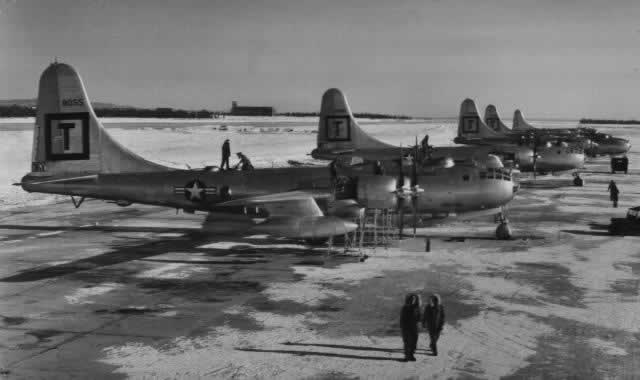 |
KB-29 refueling a B-50 Superfortress, circa 1951, as seen in LIFE |
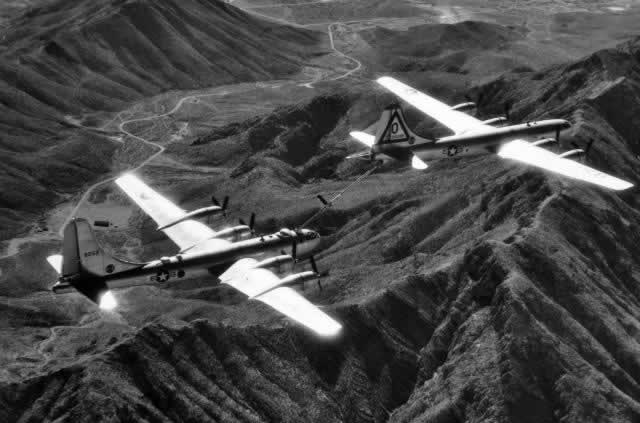 |
More about the B-29 Superfortress |
|||||


